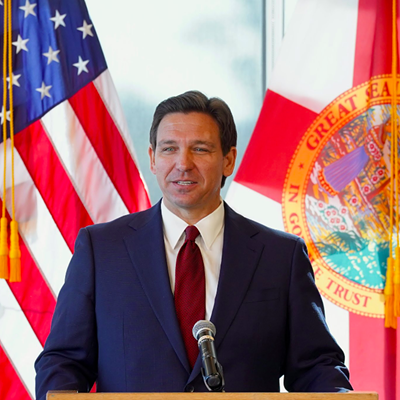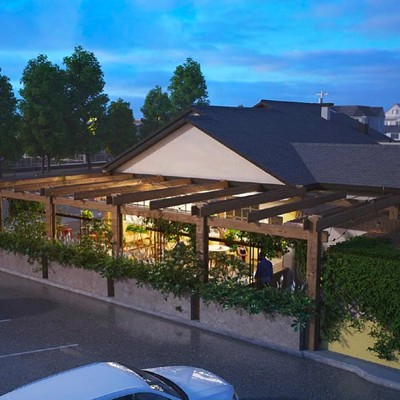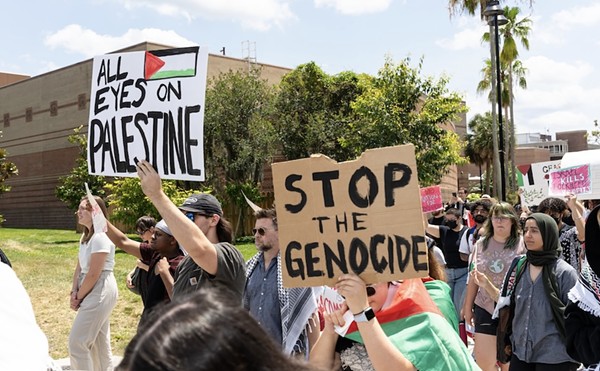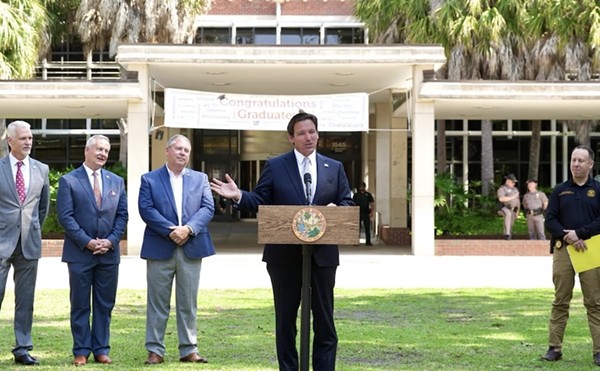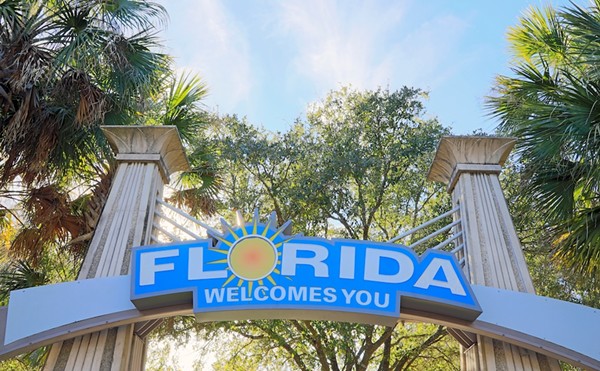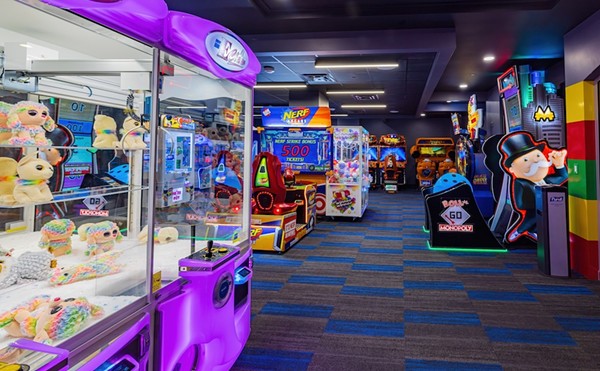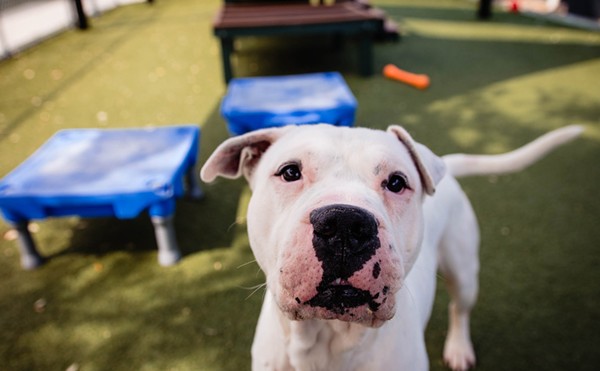Orlando gave new meaning to the phrase "boom town" in 2000, rivaling Atlanta, Las Vegas and other centers of urban sprawl in the amounts of acreage sacrificed to contractors.
Nowhere was the land rush more apparent than downtown. And for the city establishment, the biggest and best news was the $7.6 million sale of the dead zone at Church Street and Orange Avenue, a critical parcel of hollow storefronts known as the Jaymont block. Whatever development is later announced -- and there is talk about apartments, retail stores and a performance space -- city leaders see it as another building block falling into place in their halting efforts to remake downtown as a worthwhile destination.
Even the west side of downtown, with its physically and emotionally segregated Parramore neighborhood, finally benefited from the supercharged economy. City leaders helped Hughes Supply find a site on the west side of I-4 for the construction wholesaler's new headquarters. As part of the $53 million development, which includes retail and apartments, the city pledged $12 million in public funds. Parramore also scored big when the city landed a publicly funded law school intended for minority students. The $40 million Florida A&M school -- for which Orlando beat out Tampa, Daytona Beach and Lakeland -- will operate out of temporary downtown digs while its new home is designed and built.
Not as successful were the owners of the Orlando Magic, who discussed with a developer the idea of a new arena in Parramore. Enthusiasm for the project peaked in July after the Magic signed two marquee players, only to have it evaporate by December when a study of the existing city-owned arena, the TD Waterhouse Centre, found that there was little future for the building as a converted convention center. With no immediate options, the city is unlikely to finance a newer facility for the team, whose contract with the Centre runs out after the 2004-05 season.
Surrounded by such projects, however, are those who still call the downtrodden neighborhood home. And in its effort to help them, the city and Orange County Schools last year granted Parramore its first school since 1972, when a desegregation order robbed the neighborhood of its children, sending them to eight different schools throughout Orlando.
The news didn't thrill everyone. Residents, many of whom live below the poverty line, say their neighborhood is too dangerous for children to walk through and were angry when the city ignored a petition of 650 neighbors who asked that the school not be housed temporarily in a city-owned community center.
Indeed, Parramore remains a persistent blight, unable to be controlled like panhandlers and tattoo artists, the latest targets in the city's relentless effort to polish its appearance. Panhandlers were restricted to a few small, rectangular zones after the Orlando City Council decided too many beggars were pursuing people for pocket change. And the city froze the number of tattoo and body-piercing shops downtown until it could "study" whether they discourage other businesses from locating nearby.


